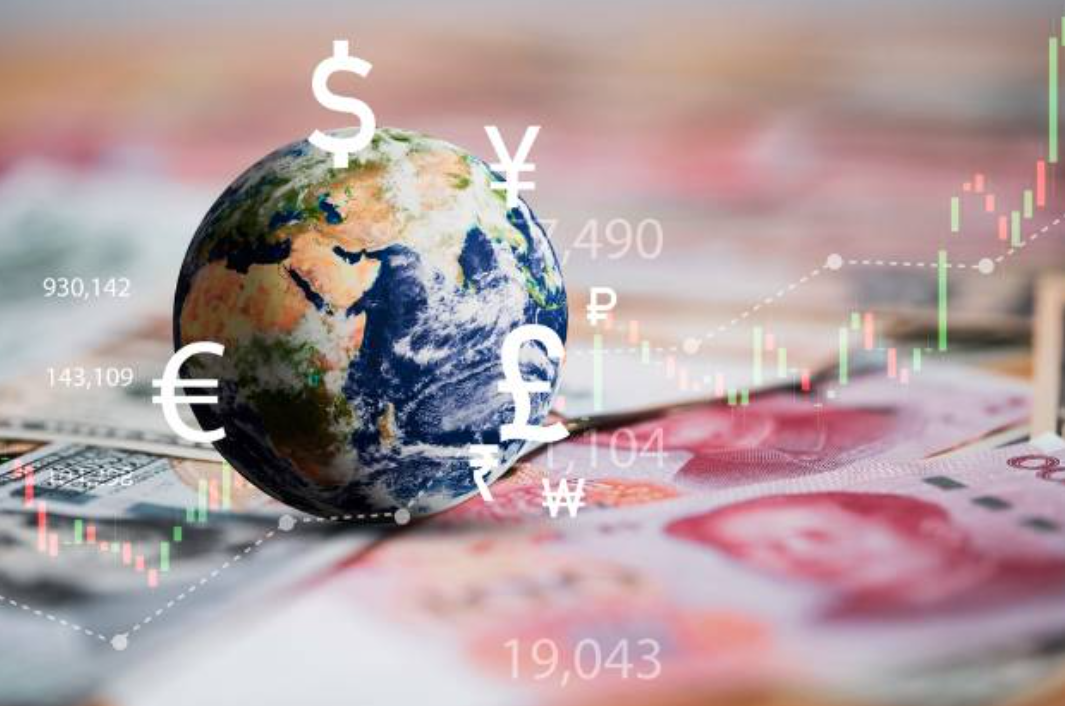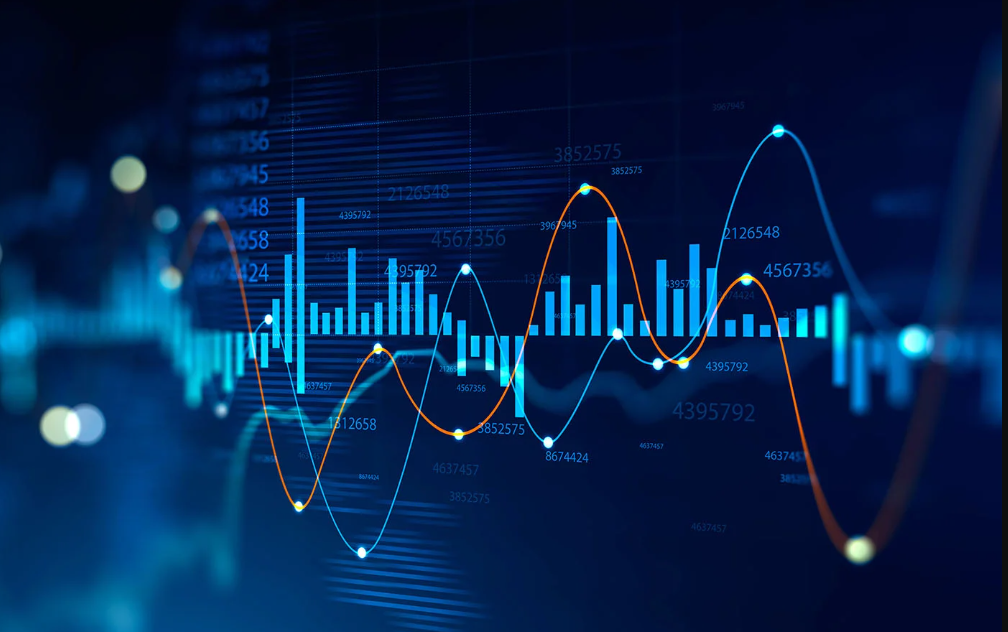Currency Exchange Rates are like the weather – you know they exist and affect your life, but understanding why they do what they do can be a real head-scratcher. In this article, we'll take you on a journey through the fascinating world of Exchange Rates. We'll demystify what they are, how they function, and what causes those rollercoaster-like fluctuations.
What Are Exchange Rates?
First things first, what exactly are Exchange Rates? They are the values at which one currency can be exchanged for another. These rates tell you how much of one currency you'll need to buy a unit of another currency. Think of it as the price tag on the global marketplace.
Imagine you're in a foreign country and want to buy a local souvenir. The price tag says it costs 50 units of that country's currency. Those 50 units represent the exchange rate between your home and local currencies. In essence, exchange rates dictate how much money you need to part with to get something in another currency.
How Do They Work?
Let's say you're planning a trip to Paris, and you're from the United States. You have dollars, but in Paris, they use euros. You'll need to exchange your dollars for euros to make your life easier. This is where Exchange Rates come into play.
Exchange Rates are dictated by the foreign exchange market, commonly referred to as the Forex market, where currencies are traded. It functions around the clock, five days a week, and stands as the world's largest financial market.
When you exchange your dollars for euros, the rate you get is influenced by supply and demand. If more people want euros (high demand) and there aren't enough in circulation (limited supply), the euro's value goes up, and you'll get fewer euros for your dollars. Conversely, if fewer people want euros (low demand), and there is plenty to go around (abundant supply), the euro's value decreases, and you'll get more euros for your dollars.

Government policies, economic conditions, and geopolitical events can influence Exchange Rates. Central banks may adjust interest rates to stabilize their currency's value or encourage spending. Economic data, like unemployment rates and GDP growth, can affect a country's currency strength. Geopolitical tensions or trade agreements can also send Exchange Rates a wild ride.
So, in a nutshell, Exchange Rates are like a seesaw, constantly shifting due to the push and pull of supply, demand, and external factors.
Why Do Exchange Rates Fluctuate?
Exchange Rates are some of the most fluctuating numbers you'll encounter. Here's why:
Supply and Demand: We've already touched on this, but it's worth emphasizing. When more people want a currency than what's available, its value increases. Conversely, if the demand drops, its value falls. It's a delicate balance that's constantly adjusting.
Interest Rates: When a country's central bank raises interest rates, it attracts foreign capital, looking for the highest return on investment. As a result, demand for that country's currency increases, pushing its value up.
Economic Indicators: Economic indicators like unemployment rates, inflation, and GDP growth can sway investor confidence. A strong economy tends to boost a currency's value, while a weak one can plummet.
Political Stability: Currencies from politically stable countries are often more attractive to investors because they carry less risk. Political turmoil or uncertainty can lead to currency depreciation.
Speculation: Traders in the Forex market speculate on currency movements. Their bets can drive short-term fluctuations that have nothing to do with economic fundamentals.

Market Sentiment: Sometimes, the collective mood of investors can move markets. Positive news can create a bullish sentiment, while negative news can lead to a bearish sentiment.
Central Bank Interventions: Governments and central banks can influence their currency's value by buying or selling it on the open market.
Trade Balance: A country's trade balance – the difference between exports and imports – can impact its currency. A trade surplus (more exports than imports) can boost the currency, while a deficit can drag it down.
Black Swan Events: Unexpected and significant events like natural disasters, terrorist attacks, or major political changes can send shockwaves through the Forex market.
As you can see, Exchange Rates are influenced by a complex web of factors. It's not just about numbers; it's about the world's economic and political dynamics.
Currency Exchange in Action
Let's break down the process of Currency Exchange with a simple example. Imagine you're heading to Tokyo, Japan, for a vacation, and you need to exchange your U.S. dollars for Japanese yen. You check the current exchange rate and find that 1 U.S. dollar (USD) is equivalent to 110 Japanese yen (JPY). Armed with this information, you decide to exchange $100.
When you hand over your $100, you'll receive 11,000 JPY (100 USD x 110 JPY/USD). You now have the local currency to spend in Tokyo. Now, imagine that you return from your trip, and the exchange rate has shifted. The new rate is 1 USD = 115 JPY. If you exchange your remaining 9,000 JPY back into U.S. dollars, you'll get $78.26 (9,000 JPY / 115 JPY/USD).
You started with $100 and ended up with $78.26 due to the change in Exchange Rates. This illustrates how Currency Exchange Rates can impact the value of your money when traveling or doing international business.
Conclusion
Exchange Rates may seem like a financial mystery, but they are rooted in economic principles and influenced by various factors. Understanding the dynamics behind Exchange Rates is essential for travelers, investors, and businesses engaged in international trade.
Keep in mind that while Exchange Rates can fluctuate wildly, they play a crucial role in the global economy, facilitating trade and investment across borders.

Unlocking Savings: Capital One Balance Transfer Card Offers

Constantly looking at charts and monitoring transactions will only impede your trading

How Soon After Buying a Car Can You Refinance It?

A Global Analysis Of Financial Management For 2022

Businesses That Amazon Owns

Choosing the right Debt Relief Service: what you must know before you sign up

An Analysis of F and G's Life Insurance

Should You Upgrade Amex Delta Blue to Delta Gold?

What Is Mobile Check Deposit?

Decoding Exchange Rates: The Currency Conversion Puzzle

Save Money On Your Next Hotel Stay With These Amex Offers
